Does Alpha have the tiny little motor that could?
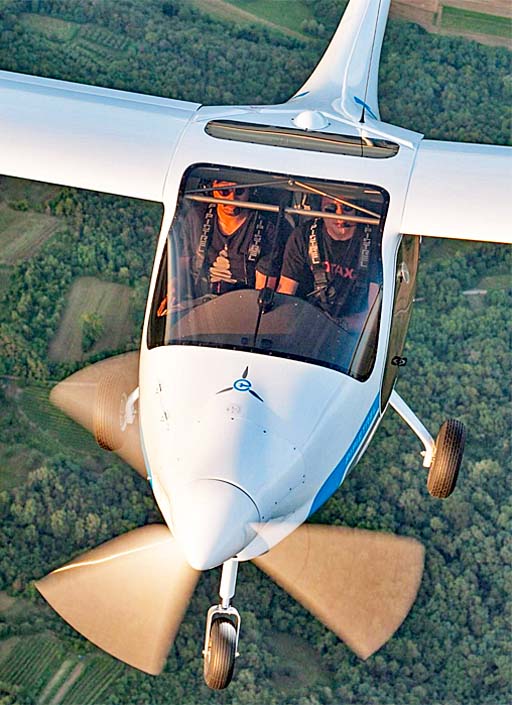
That sounds like an old childhood story (“The Little Engine that Could…”) but here we are in the new millennia with electric cars, huge wind farms, vast solar collector projects, biofuels, and more. Subsidies are pouring in to electric projects around the globe. Hundreds of developers building “urban air transport” multicopters are raising millions of dollars.
Will human-flown conventional aircraft join the electric parade? One company has pursued the electric dream further than most.
This story is about a group in Australia that aimed to set a new world record, one of a rather different sort.
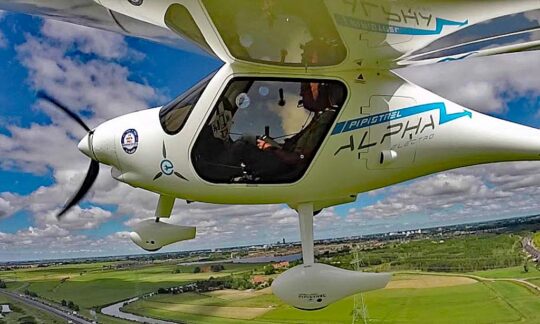
photo from YouTube
In this case the team plans a “record attempt flying a Pipistrel Alpha Electro plane,” Australia and USA Pipistrel dealer Michael Coates wrote. “[The flight] will start at Parafield Airport at 7:00 a.m. on Saturday June 19, 2021.” Total distance, Michael added, will be 1,150 kilometers, which “will shatter the previous record of 750 kilometers flown in September 2020 in Germany.”
This project hopes to break the previous distance by more than 50 percent. Whatever the outcome, many will admire the effort to fly an electric airplane a lengthy distance. How will they handle the “range anxiety” about which we hear so much?
FYI: The two distances — 1,150 and 750 kilometers — equate to 715 and 466 statute miles, respectively.
Team Alpha Goes the Distance
The attempt to set a new record is being led by Eyre to There Aviation Managing Director, Barrie Rogers, who undertook the first ever electric flight in South Australia in 2020.
Pipistrel Alpha Electro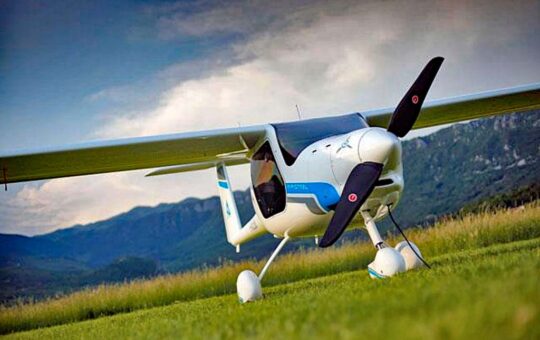
Barrie clarified that the record attempt flight team and support crew “will include three pilots, five on-the-ground support crew, a second support (petrol-powered) plane, and two vehicles carrying recharging equipment for the aircraft.”
While a strong and notable effort, the attempt and the support it requires puts battery-electric propulsion in perspective. Several current, gasoline-powered Light-Sport Aircraft could fly the entire 1,150 kilometer distance on a single tank (or tanks) of fuel without any need to stop and with no support crew.
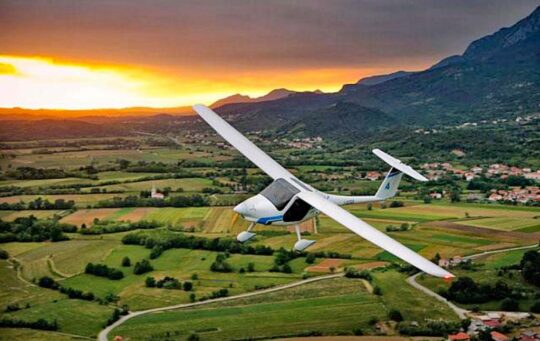
Yet what this observes once again is that batteries are the weak link in the electric propulsion chain. Energy contained in batteries is a small fraction of that contained in a similar volume or weight of gasoline. That gap is narrowing but the pace seems glacial compared to forecasts of electric enthusiasts. Battery improvements of a few percentage points per year means decades before batteries match fossil fuel in energy per pound.
Give batteries some magical breakthrough to equal fossil fuel energy and the betting will end. Electric propulsion will push out fossil engines quickly — but that day is not here now. It may be years in the future.
FAQs About Alpha Electro
Pipistrel Alpha Electro started development in 2014; it was released to the public in 2017. “Electro was an immediate success with more than two-dozen orders after its initial 2017 release,” boasted Slovenia-based Pipistrel. “Electro has been designed as an entry level circuit training aircraft perfect for flight schools,”
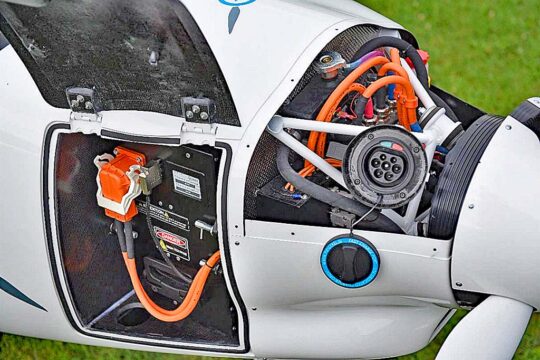
How long does it typically take to charge the batteries with different chargers? — Answer: “Six hours with a 3kW charger; an hour forty with 10 kW charger; an hour and five minutes with a 14 kW; or 45 minutes with the 20 kW charger.”
How heavy are the batteries and can I swap them myself? — Answer: “Each battery pack is 53 kg (117 pounds). Yes, you can remove the pack with no extra help.”
What is the luggage capacity the aircraft? Answer: “There is no luggage compartment. Convenience luggage can be stored in the side pockets on the instrument panel.”
Technical Specifications
Pipistrel Electro
- Powerplant — 50+ kilowatt (≈67 hp) electric motor running 2100-2400 rpm
- Maximum Takeoff Weight — 1212 pounds (550 kg)
- Basic Empty Weight with Batteries — 811 pounds (368 kg)
- Typical Empty Weight without Batteries — 563 pounds (256 kg)
- Baggage Allowance — None
- Payload — 401 pounds (182 kg)
- Battery Capacity — 21 kilowatt hours
- Wing Span — 34 feet 6 inches (10.5 m)
- Wing Area — 102.4 square feet (9.51 sq. m)
- Stall with Flaps — 38 knots, calibrated
- Stall without Flaps — 45 knots, calibrated
- Cruise Speed at 75% power — 85 knots, indicated
- Never Exceed Speed — 135 knots, indicated
- Max Climb Rate — 1,220 fpm
- Glide Ratio — 15:1
- Roll Rate — 45°-45° in 2.6 sec
- Cruise Endurance — up to 60 minutes (plus reserve)
- Endurance in Airport Traffic Patterns — 60 minutes (plus reserve)
- Cruise Range at 80 knots — 70 nautical miles (130 km)
- Takeoff / Ground Roll at Gross Weight — 492 feet (149 m)
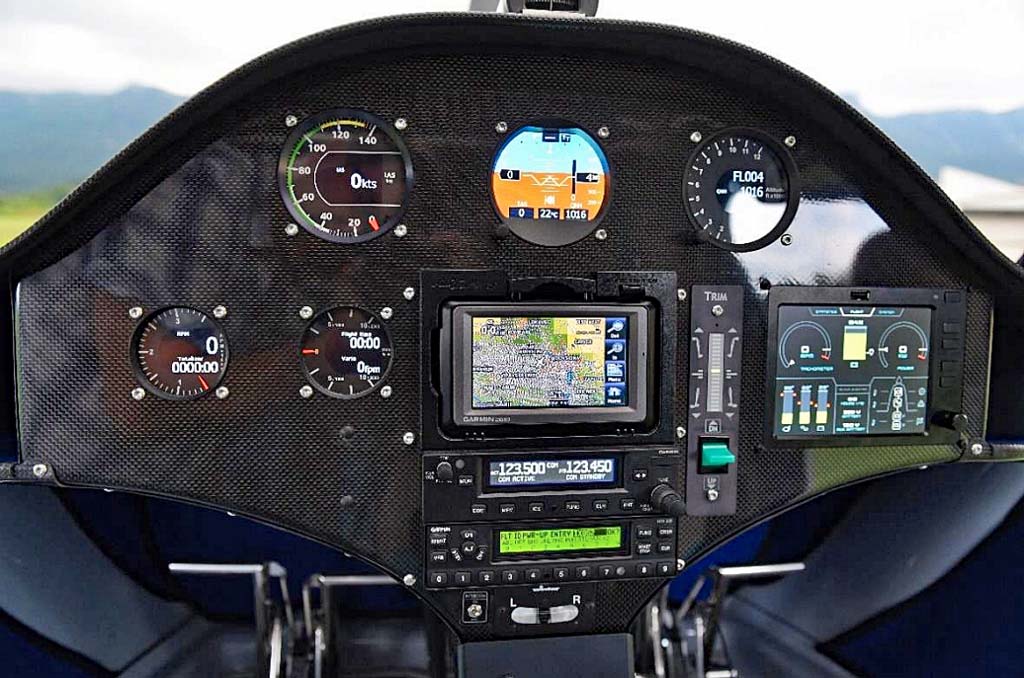
Alpha’s compact instrument panel; note electric propulsion screen at the right.
Here are two videos about Pipistrel Alpha Electro. The first is from a reporter in Australia focused entirely on the electric-powered Alpha. The second is my review with U.S. representative, Rand Vollmer, covering the broader Pipistrel line.


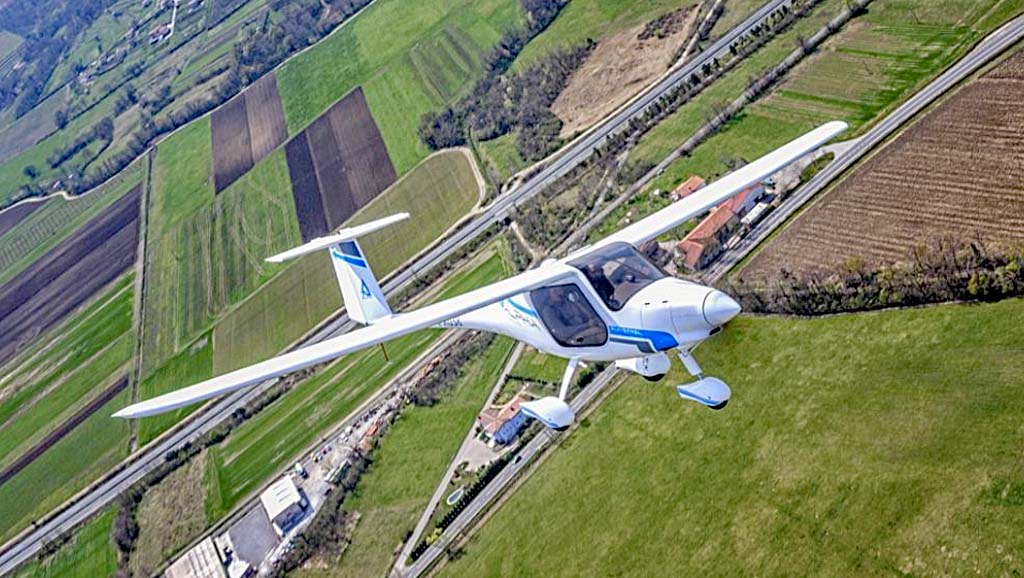
Leave a Reply